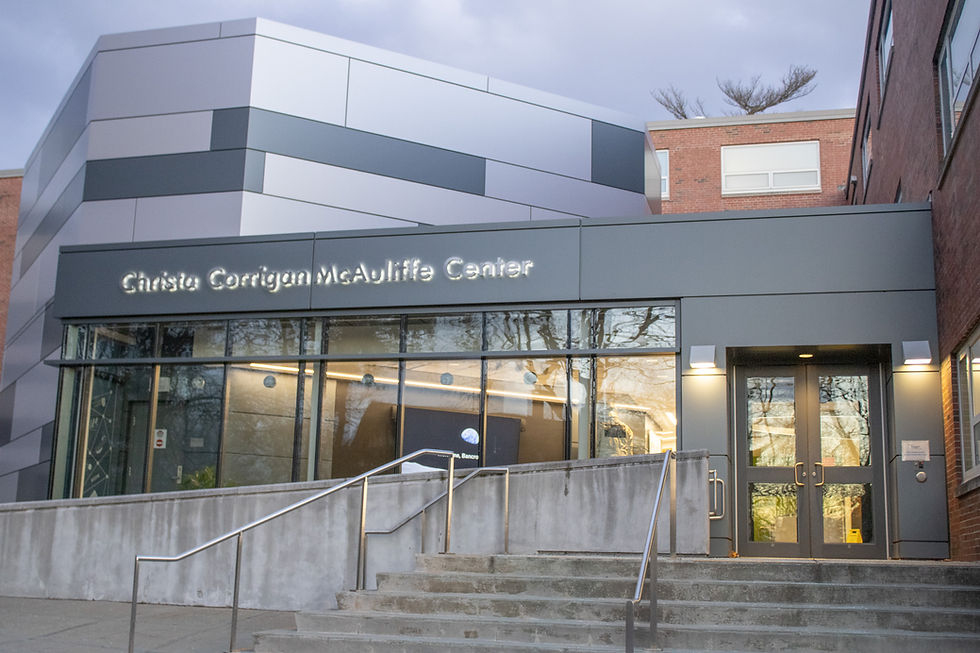Student tuition and fees increase 12 percent in two-year span
- Jon Lee
- Oct 11, 2018
- 4 min read
Jon Lee
Student tuition and fees for the 2018-19 academic year total $10,520, a 6-percent increase from 2017-18 and a 12.2-percent increase from 2016-17, according to Dale Hamel, executive vice president.
The University’s “all-funds operating budget” is a projected $122.2 million, compared to last year’s final budget of $118.1 million. This represents a 3.5-percent budget increase for fiscal year 2018-19.
The money in this budget funds all University operations.
To put these figures in perspective, average inflation in the United States over the last three years was approximately 2 percent per year, according to Trading Economics, a website that compiles financial data.
Tuition is currently $162 per course-credit for in-state undergraduate students, $243 per course-credit for New England residents, and $1,175 per course-credit for out-of-state residents.
The Massachusetts Board of Higher Education (BHE) determines both the total cost of tuition for a given year and how much of the collected tuition revenue gets sent back to FSU for general use.
Student fees for this year include $1,561 per course-credit, a $50 library fee, a $42 health center fee, and – should they apply – a $20 ID replacement fee and a $100 graduation fee.
However, the FSU website states, “If you register for more than three credits, you will not be charged any additional tuition. Fees will be capped at $4,683.”
In other words, the expense to take three or more courses is the same.
While the BHE determines tuition, the University Board of Trustees sets student fees. Revenue from fees stays on campus and forms a portion of the funds Framingham State reinvests in student life, according to Hamel.
Room and board for this year is $12,210, a 3.25 percent rise from 2017-18, and 6.75 percent more than 2016-17.
The total annual expense for an undergraduate to attend classes and live at the University is $22,730.
While the bill increased for FSU students, the University is still the second least-expensive option when compared to its sister institutions: Bridgewater, Fitchburg, Salem, Westfield, and Worcester State Universities.
Only Fitchburg State is less expensive. The combined bill for students there is $21,560.
Freshman Alyssa Nelson said, “I think spending $24,000 a year is a lot, yes, but also, I can’t complain when I know people going to school for $60,000 a year.”
While the flat bill is just shy of $23,000, many students spend hundreds more each semester on books, transportation, and other miscellaneous expenses.
The 3.5-percent increase in the overall budget will fund other expenses on campus, including personnel – faculty and staff. According to Hamel, personnel costs account for 65 percent of spending.
In light of major projects over the last few years, such the construction of Hemenway Labs and West Hall, Hamel said FSU is seeking “equilibrium” after a period of growth.
“We feel that we are actually close to that point,” said Hamel. “Our current focus – that aligns with the Commonwealth’s current funding emphasis as well – is on ‘Critical Repairs.’ That is, repair and renovation of existing facilities.”
Framingham State’s budget cycle does not line up with the academic year. Rather, planning begins in January and the Board of Trustees approves the outlined budget sometime in May.
Hamel said one significant challenge when projecting a budget is “aligning anticipated revenues with desires to expand programs and services.”
Growth in programs and services is “usually associated with a desire to expand faculty and staff,” Hamel noted. “Those decisions require various constituents to understand the trade-offs that are involved.”
Despite a 4.8-percent drop in enrollment, Hamel said two full-time equivalency positions have been added for this semester.
At a university where many students come from modest economic backgrounds, some expressed concern about campus inefficiencies or frivolous expenses.
Senior Meghan Callanan said, “I don’t feel they are spending the money wisely. They run the sprinklers when it’s raining and build new dorm buildings for a school that has to be 50 percent commuters.”
Others noted the financial burden of more necessary expenditures.
Sophomore Elysia Correia said, “Laundry, mostly. Laundry, laundry, laundry. If I’m living on campus and already paying like, $10,000, I don’t have money to pay for laundry. ... It’s a nice campus and dorms for the cost, but they could also make other things affordable.”
Large projects, like the newly christened Franklin Street parking lot and West Hall dorm, represent significant planning and investment of money.
In light of this, Hamel said the University budgets within the context of a “five-year plan, based on what capital we can anticipate, and keeping tuition and fees as low as possible.”
Freshman Emily Parker expressed skepticism about FSU’s spending decisions.
“I feel like more money should be put into the facilities we have, especially bathrooms. Like the showers – we have two curtains that don’t shut all the way. Someone could just walk in,” she said.
Parker said Dining Services doesn’t o`er many choices for vegans and vegetarians, and could have “more healthy options. ... Just more variety for different people, since everyone has different eating habits.”
Callanan said, “I’m not sure if the cost of college is worth it. On one hand, I know many adults who attended college that are still repaying loans. On the other, I received very generous financial aid from the University, which makes my education within my financial reach. Therefore, it will be worth it for me.





